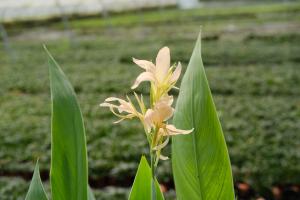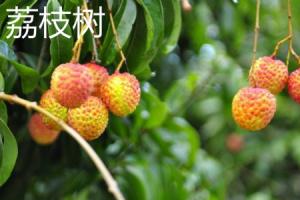How to Grow Dragon Fruit: A Comprehensive Guide
Introduction
Dragon fruit, also known as Pitaya, is a tropical fruit that has become increasingly popular around the world due to its unique appearance and health benefits. Growing dragon fruit may seem like a daunting task, but with the right conditions and steps, it can be a rewarding experience. In this guide, you will learn how to grow dragon fruit from planting to harvesting.
Step 1: Choosing the Right Plant
Before you begin planting dragon fruit, it is essential to choose the right plant. The best option is to purchase a young plant from a reputable nursery or garden center. It is important to choose a variety that is suitable for your climate and soil type. Dragon fruit plants can be grown in both indoor and outdoor conditions, but they require a sunny spot with at least six hours of direct sunlight per day.
Step 2: Preparing the Soil
Dragon fruit plants thrive in well-draining soil. If your soil is heavy, amend it with sand, perlite or vermiculite to create a more porous texture. You can also add organic matter, such as compost or manure, to provide the necessary nutrients. The ideal pH for growing dragon fruit is between 6.0 to 7.0.
Step 3: Planting Dragon Fruit
Once you have selected your plant and prepared the soil, it is time to plant dragon fruit. Dig a hole that is large enough to accommodate the young plant's root ball. Gently remove the plant from its container, loosen the root ball, and place it in the hole. Backfill the hole with soil, and gently firm the soil around the plant. Water the plant thoroughly, and add a layer of mulch around the base to retain moisture.
Step 4: Watering and Fertilizing
Dragon fruit plants require consistent watering, especially during the first few months after planting. Water the plant deeply once a week, and adjust the frequency based on the weather conditions. It is also important to fertilize the plant regularly during the growing season. Use a balanced fertilizer, such as a 10-10-10 or 20-20-20 formula, every two weeks to provide the essential nutrients. Avoid over-fertilizing as it can lead to stunted growth and unhealthy plants.
Step 5: Supporting the Plant
As dragon fruit plants grow, they require support to keep them upright. You can use a trellis, stake, or any other vertical structure to support the plant. Tie the plant to the support using soft ties to avoid damaging the stem. Prune the plant regularly to remove any dead or damaged stems or branches.
Step 6: Harvesting Dragon Fruit
Dragon fruit plants usually start producing fruit within two to three years after planting. The fruit is ready to harvest when it has a bright color, and the scales on its skin become slightly dry. Use a sharp knife or pruning shears to carefully cut the fruit from the stem. Dragon fruit can be enjoyed fresh or used in various culinary dishes.
Conclusion
Growing dragon fruit requires patience, care, and attention. Follow the above steps to ensure that your dragon fruit plant produces healthy and flavorful fruit. With the right growing conditions, you may even be able to harvest enough to share with friends and family. Happy planting!

 how many times do yo...
how many times do yo... how many planted tre...
how many planted tre... how many pine trees ...
how many pine trees ... how many pecan trees...
how many pecan trees... how many plants comp...
how many plants comp... how many plants can ...
how many plants can ... how many plants and ...
how many plants and ... how many pepper plan...
how many pepper plan...






























